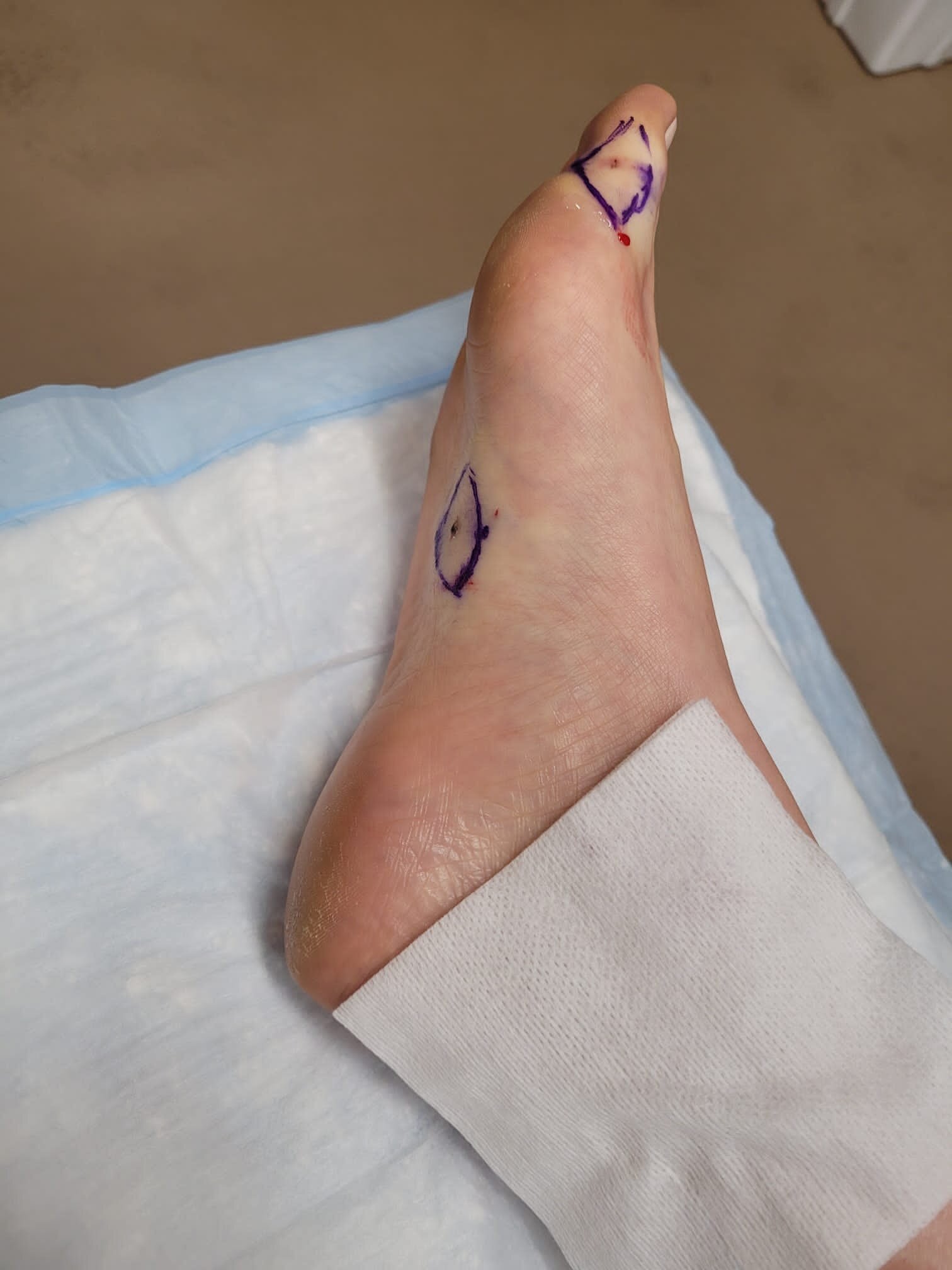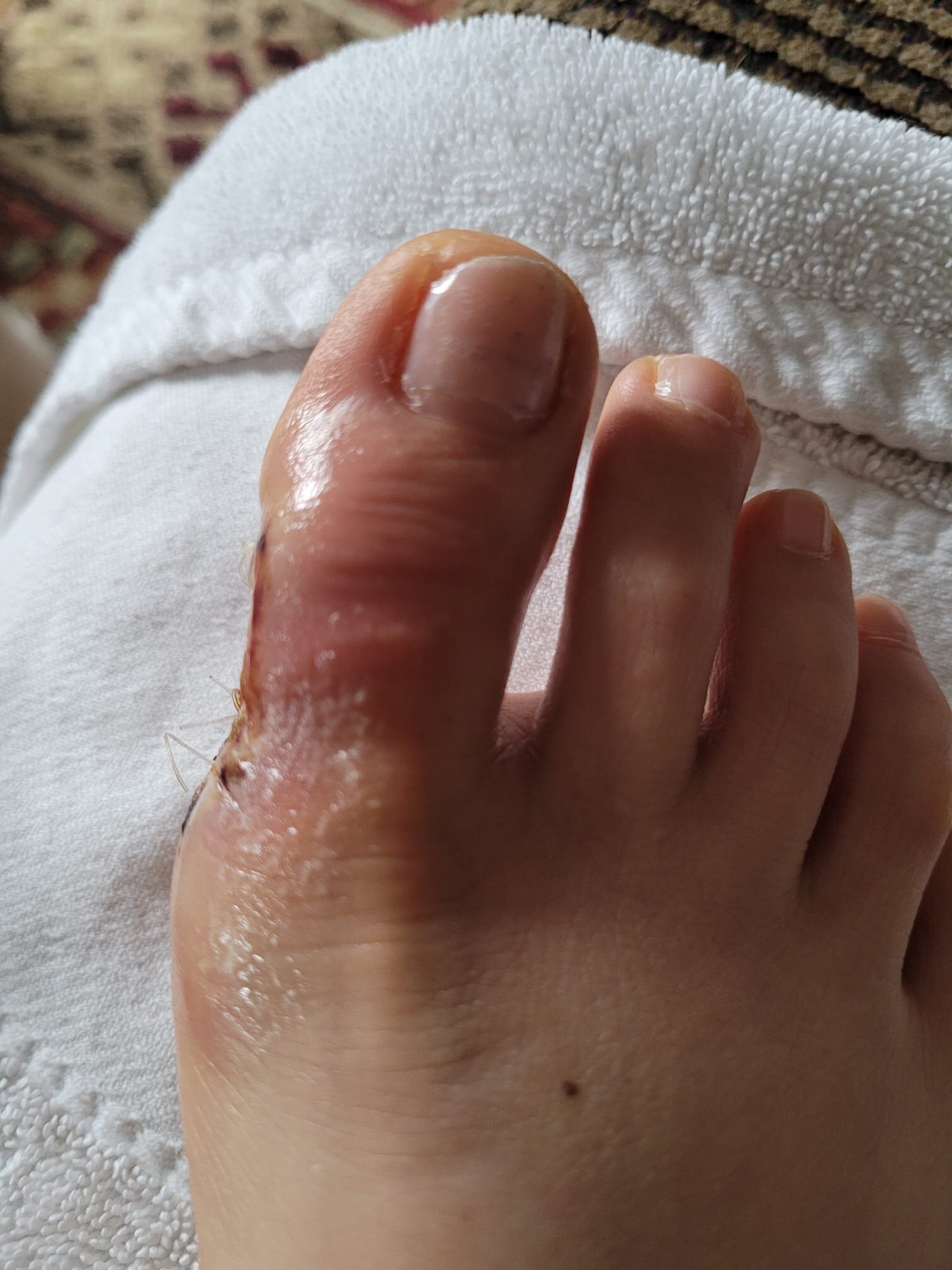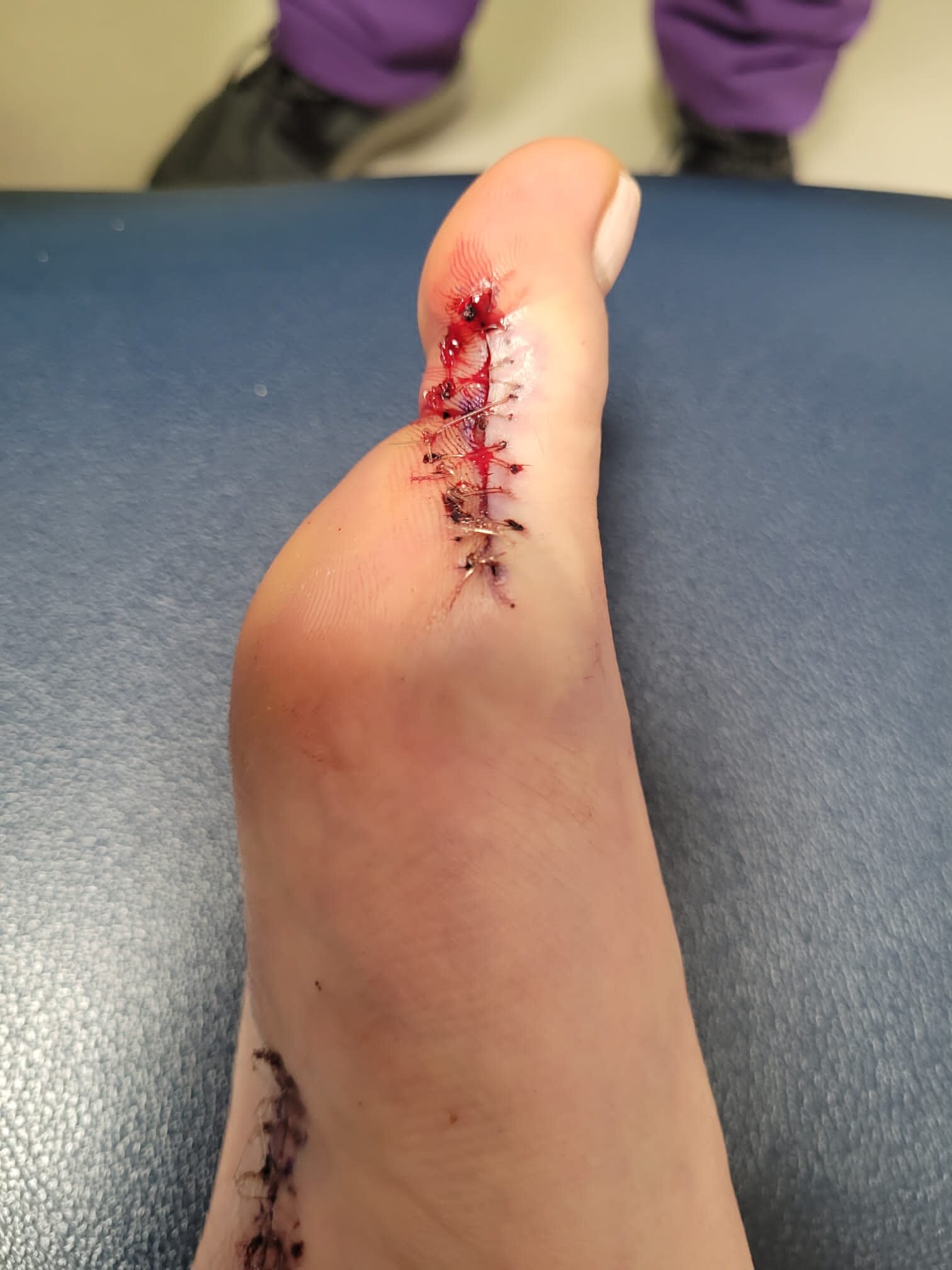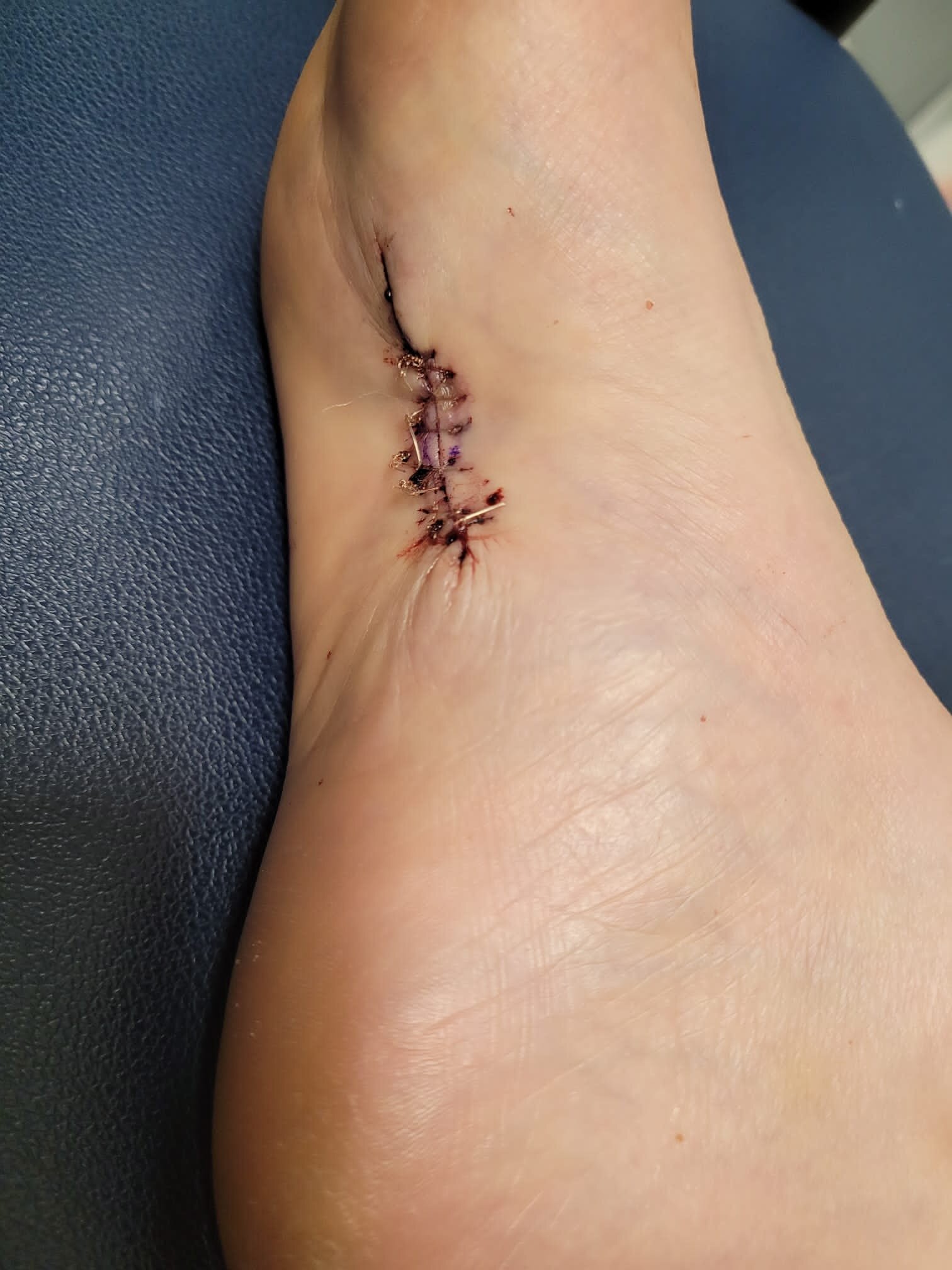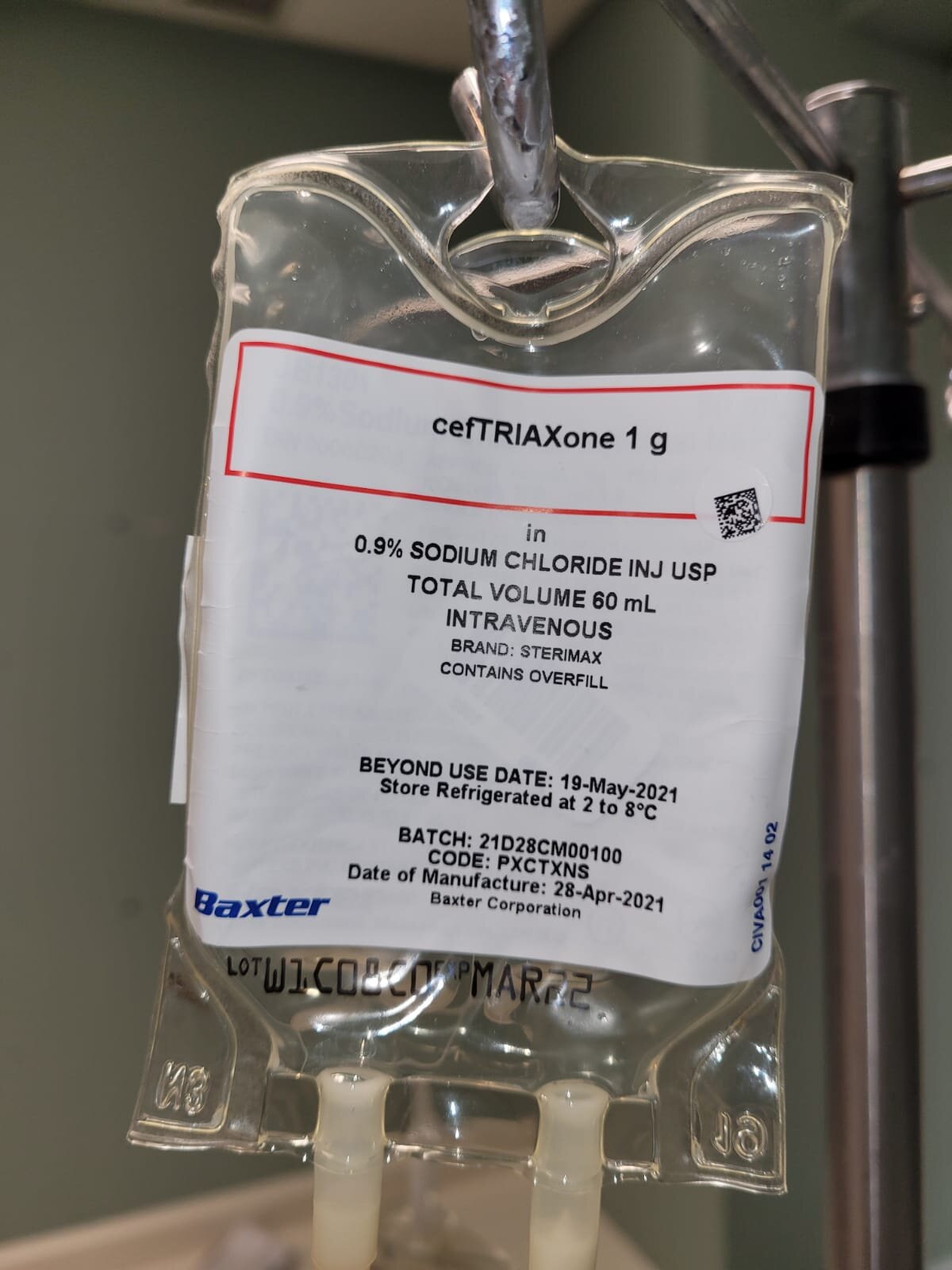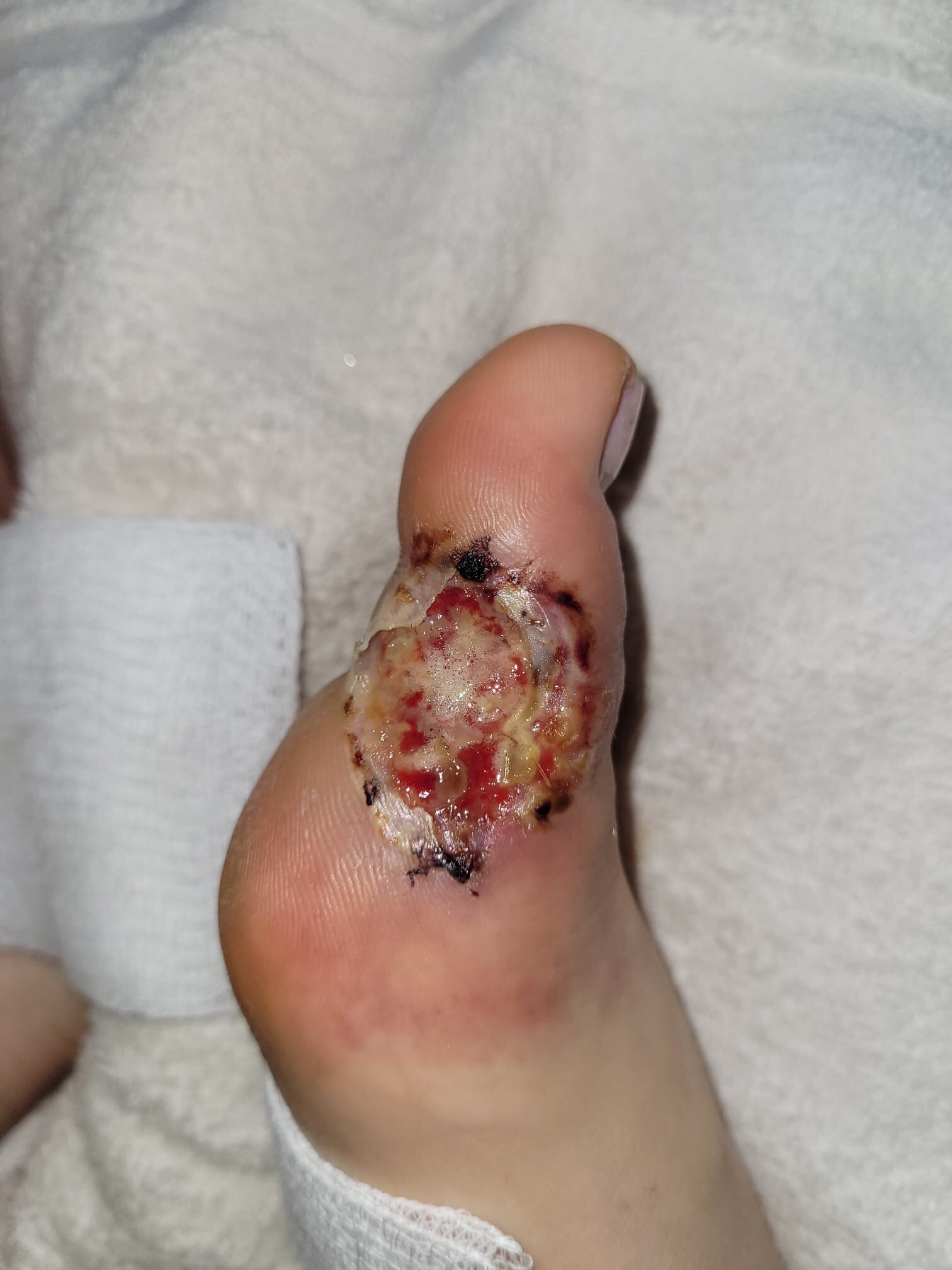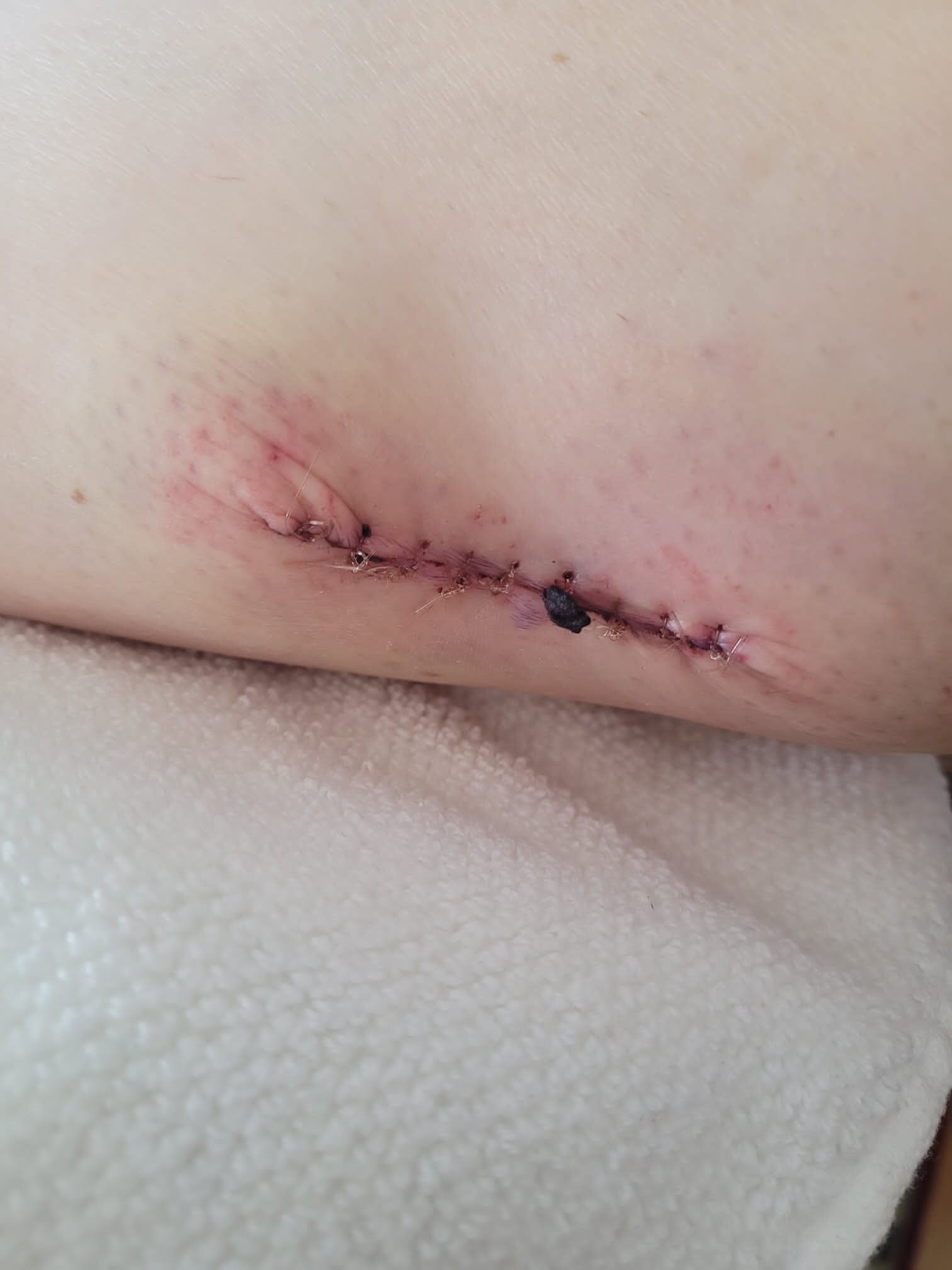Summer 2021 Sunscreen Tips
/Did you know sunscreen guidelines often change year over year?
It’s true. Thanks to new research and studies, as well as new products, it’s important to review sunscreen guidelines so you are being as safe as possible when it comes to sun protection for you and your family.
Here are our Top 10 Sunscreen tips for Summer 2021:
10. Avoid sunscreens that list alcohol as one of the first ingredients. It will likely be very irritating and drying.
9. Be wary of the word “organic”. They are called "organic" - because they contain carbon. All "organic"/ chemical filters are found in our bloodstream even up to weeks after an application. There is still so much unknown about what these organic/chemical filters can do in the body, and when combined together. It's best to avoid them.
8. Sprays: We understand the convenience, but we still don't know the effect of what these particles do when they accumulate in the lungs. If you must use a spray, hold your breath and move away to breathe afterward. Also: spray and then rub it in, so that you have proper coverage. Otherwise, it is likely a very uneven application.
7. Rule of thumb: apply 1/3 to 1/2 teaspoon of SPF on your face and neck (back of neck and ears inc), daily. It feels like a lot, but you will get used to it and your skin will thank you! To ensure proper SPF coverage daily, don't forget to apply on your ears, feet/toes, back of the neck, etc. On your body, the guideline is 2oz or 4 tbsp. of sunscreen.
6. Men also need to be using SPF daily! If they are bald, they must apply to their entire head or wear a proper hat each day.
5. While driving, you can still get UVA damage. Wear SPF on your face, neck, and arms daily, if you are driving often.
4. Sunscreens may not really be the SPF you think they are! Therefore, a lot of the SPF ratings are actually inadequate. What does this mean? Apply and reapply often.
3. Did You Know: a 30 SPF filters 96.7% and a 60 SPF filters 98.3% — that means if you apply a generous amount of 30 SPF and reapply it vs. applying a thin layer of 60SPF and don’t reapply, you are going to have better protection with your 30!
2. What is GRASE? GRASE is an FDA rating and means Generally Accepted As Safe and Effective. This past year, the FDA removed all previously approved sunscreen filters except for 2: Zinc Oxide and Titanium Dioxide. Look for sunscreens with these active ingredients.
1. While it may be inevitable to be in the sun, and while Vitamin D is good for you, the proper use of sunscreen is to PREVENT SUNBURN. If swimming or sweating, remember to re-apply more often than the 2-hour recommendation.
Do you have any sunscreen questions?





